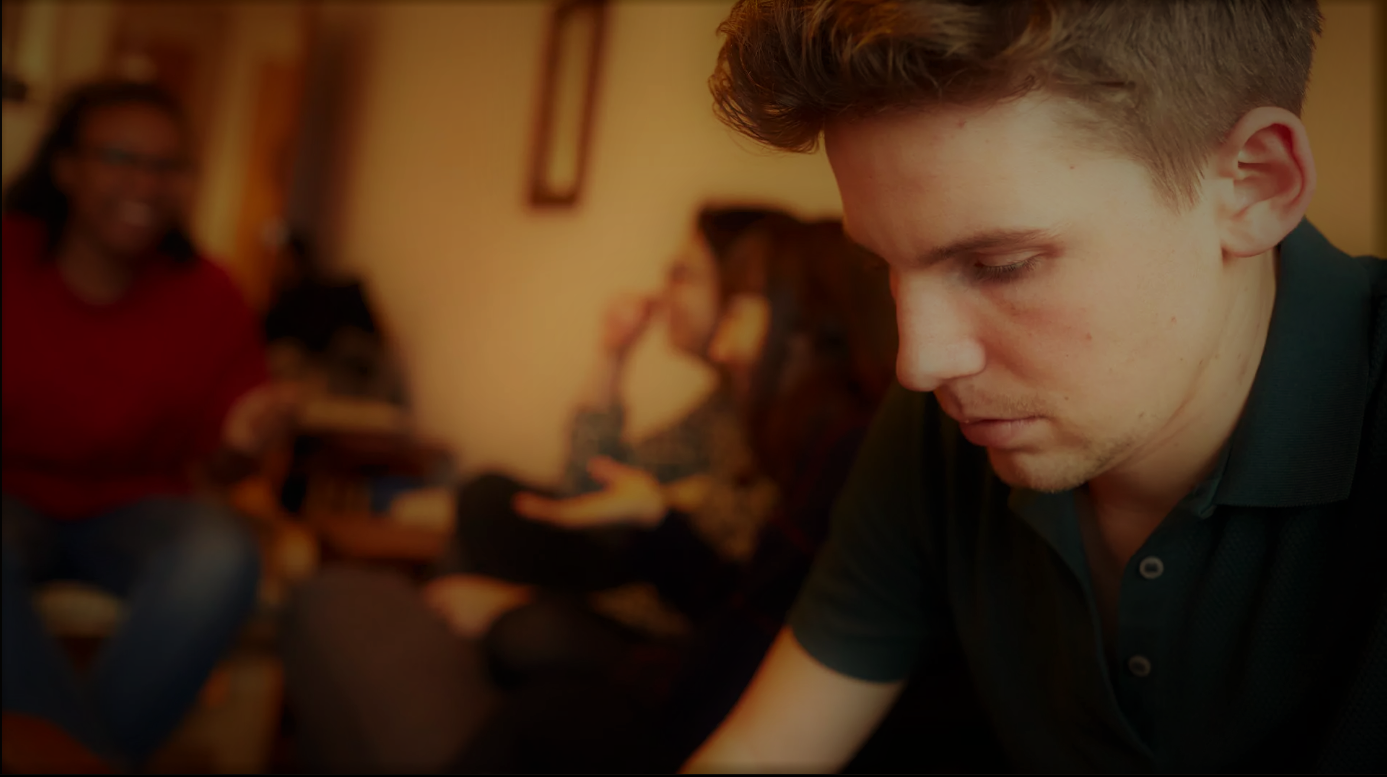What is Relational Psychotherapy?
Relational psychotherapy is a relationship-focused therapy that draws heavily from psychoanalytic therapy. Relational therapists use the therapeutic relationship to identify and address the client’s psychological issues. Relational therapy can stand alone as its own integral approach, but this approach can also be incorporated into other therapy orientations, such as gestalt therapy.
This form of therapy is founded on the concept of relationships with others being an essential aspect of emotional well-being. The relationship between the therapist and the client also reflects this principle. Namely, it’s important for a person to maintain fulfilling and satisfying relationships with those around them to maintain emotional health. In therapy, the therapist is someone who strives to create an atmosphere of empathy and attentiveness, while looking into clients past and present relationships, as well as their worldview and self-narrative. This form of therapy works by way of emphasizing relational awareness. The therapist and the client are supposed to work in tandem on creating a strong, collaborative, and secure relationship that serves as a model for client’s future relations.
What’s the Goal of Relational Psychotherapy?
The goal of relational therapy is to help individuals who are struggling to develop and maintain stable, healthy, and secure relationships. A lack of fulfilling relationships in a client’s life is believed to cause several common psychological issues, including mood instability, social anxiety, addiction and higher susceptibility to trauma. Relational therapy helps people become more aware of the past experiences and patterns of behavior that prevent them from developing healthy relationships, as well as helping them develop the needed skills to improve their relationships. Relational theory, which holds that the sense of connection healthy relationships provide is an essential aspect of human well-being, suggests that when this connection is absent, mental, and emotional concerns can result. The primary goal of this therapy is to address these concerns and help those seeking treatment to become better able to develop supportive, lasting relationships.
How is this goal achieved?
Mutual empathy and authenticity, as expressed through the therapeutic relationship, can help facilitate this goal. When certain experiences, relationships, and/or beliefs are affecting a person’s ability to draw satisfaction and fulfillment from life, therapy can often help the person achieve insight and address the situation or relationship. This approach largely helps individuals address the effects of relational challenges, such as family issues and intimate relationship difficulties, new life situations, or school and workplace issues. Relational psychotherapy may also be beneficial for those who find emotional regulation challenging, and it has also been shown to be helpful in the treatment of relational difficulties experienced with anxiety, stress, or depression.
Relational attitude in Gestalt therapy
The client/therapist dialogue offers an opportunity for a healing experience. Here the emphasis of therapy is not only on talking about what happened but also on fully experiencing what is. This supports change to occur. Through his curiosity and cultivation of uncertainty, the therapist helps the client to deepen his existential experience and together he comes to new research. In this way, the client comes to understand how their creative adjustments have supported them in the past. By developing this awareness, the client can develop a greater capacity to be fully who they are in the world. The working relationship provides an opportunity for an authentic and meaningful meeting where the focus is on the relationship and there is recognition of mutual influence and co-creation of the therapeutic process.
If you think that you can benefit from professional support on this issue you can reach out here.
Branka Mlinar is a psychologist and Gestalt therapist offering psychotherapy and counselling to adolescent and adult individuals. She’s mostly worked with problems of anxiety, interpersonal and relationship issues, procrastination, work-related stress, trauma, and grief.






